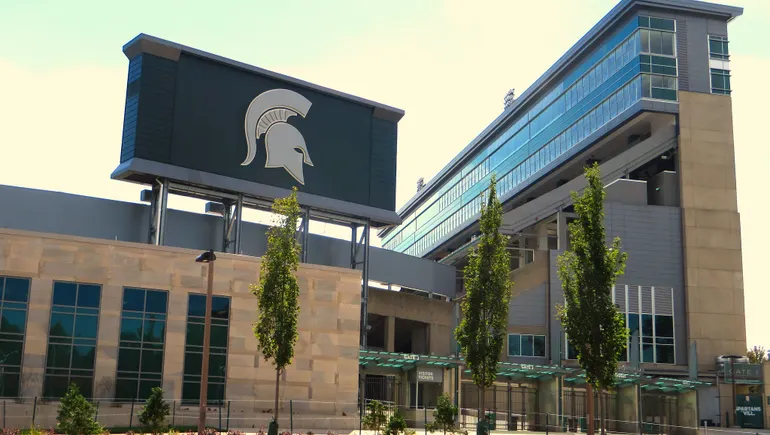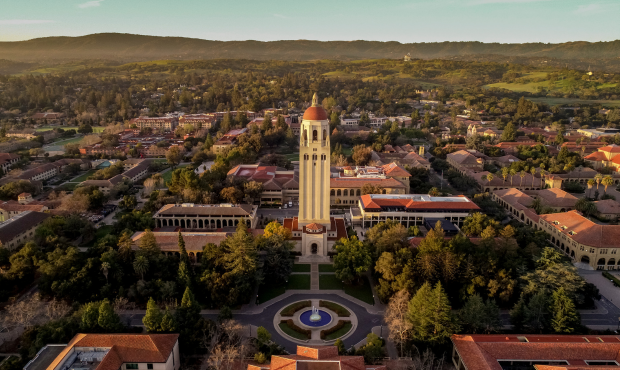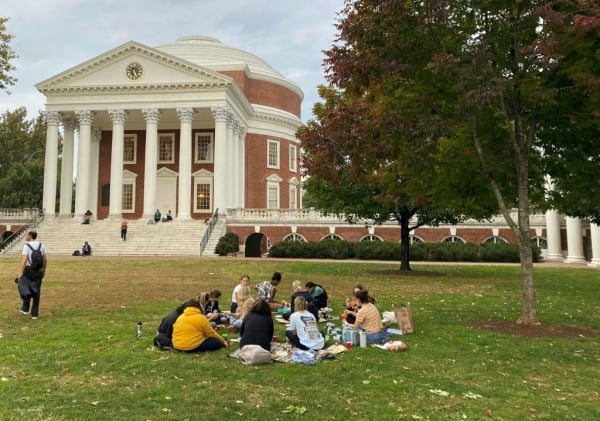On 12 May 1888 the London Evening Standard reported as follows:
A meeting is to be held at the Mansion House at twelve o’clock, on June 8, to consider the projected South London Polytechnic Institutes. It is stated that Lord Salisbury, Lord Rosebery, and Sir Lyon Playfair have agreed to be present in order to lend their support to the scheme.
We’ve met Sir Lyon Playfair before – sometime secretary to the Department of Science, he advised on the question of a maritime school for Southampton, which ultimately became Southampton Solent University. Lord Rosebery and Lord Salisbury were both eminent politicians, Salisbury a Tory, Rosebery a Liberal. In 1888 Salisbury was Prime Minister. Rosebery would be Prime Minister soon too – he succeeded Gladstone in 1894, the following year being replaced himself by Salisbury. Clearly the support of these figures was significant. But what was going on?
Enter Mr Edric Bayley. Bayley was a solicitor living in Southwark: partner at a local practice, he was becoming a man of some substance. In 1892 and 1895 he was elected as a member of the London County Council, representing Southwark West for the Progressive Party. Prior to that, in 1887, he had established a group – the South London Polytechnic Institutes Council or, in some accounts, Committee. This sought to use funds under the control of the Charity Commissioners to create technical and recreative institutes in New Cross, Borough and Battersea. This seems to have been the scheme referred to in the Evening Standard article. In 1888 the Charity Commissioners agreed to match funds up to £150,000 for this scheme. And do the game was most definitely afoot.
The New Cross institute became Goldsmiths College; the Battersea one became Battersea Polytechnic and in due course the University of Surrey.
The Borough story goes like this. In 1890, anticipating success, buildings were purchased: these had previously been the base of the British and Foreign School Society; the South London Polytechnic Institutes (Borough Road Site) Act 1890 authorised the purchase. In 1891 sufficient funds had been raised to proceed with the overall scheme, and an act of Parliament passed to create a legal basis for the new institutions. And in 1892 Lord Rosebery opened the polytechnic. His speech was notable for suggesting that by forbidding smoking in the new polytechnic, they would be unable to compete favourably with public houses. And that the structures against dancing and dramatic performances similarly might be too severe.
It’s worth looking at this extract from his speech – reported in The Globe of Friday 30 September 1892. Not only because it gives a lovely flavour of Rosebery’s speech-making, but also for the slight hint, maybe, of Johnsonian populism.
The polytechnic was a technical and recreative institute, which means that as well as technical courses, it also had a gymnasium, and offered facilities for clubs and so on. Obviously as long as they weren’t dramatic or involved dancing. The model was the People’s Palace in the east end, which became Queen Mary College. And that’s a story for another time.
And so the Borough Polytechnic Institute started to do what it did, which was to educate people. Very successfully too, with the National Bakery School, for example, being an early innovation.
In 1970 the Borough Polytechnic Institute became the Polytechnic of the South Bank, and incorporated a number of other institutions: the Brixton School of Building, the City of Westminster College, and the National College of Heating, Ventilating, Refrigeration and Fan Engineering. In 1975, when education colleges were being brought into existing HEIs, the Battersea College of Education and some of the provision at Rachel MacMillan College of Education joined the polytechnic.
In 1987 the polytechnic shuffled its name, becoming the South Bank Polytechnic. In 1992 it became South Bank University and in 2003 it became London South Bank University.
Finally, here’s a jigsaw of the card. It’s unposted, which means I can’t be sure of the date, but it looks to be pre-World War One.








